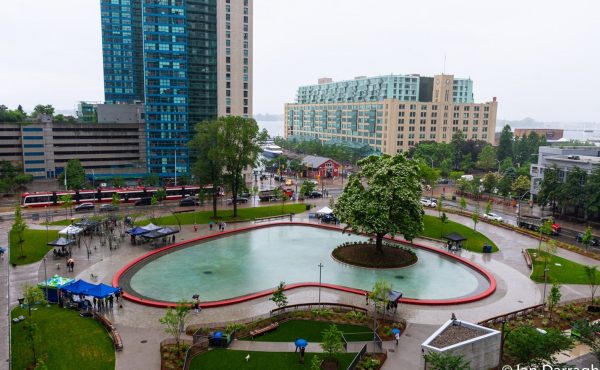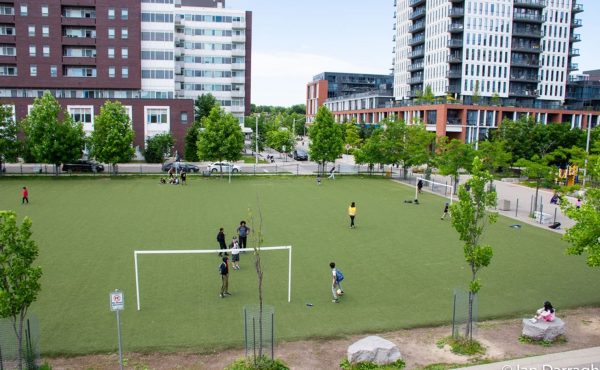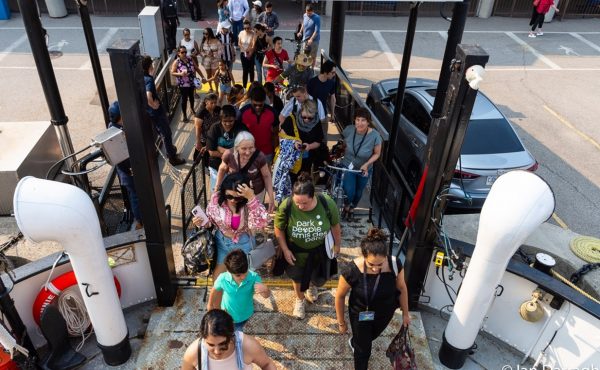
Cross-posted from Eye Daily.
In Toronto, raccoons and squirrels are par for the course, but as I learned this summer, just because they’ve adapted to urban life doesn’t mean they aren’t affected by the changes we make to our built environment — the squirrels in Allan Gardens can attest to that. Here in T.O., city-living animals and us humans often clash over issues such as bird poop (which blemishes our fine architecture and pollutes beaches where we might like to swim) and green bins (designing those suckers to be raccoon-proof has been a lot harder than first thought).
Yesterday, the Toronto Star published a story about monkeys gone wild in New Delhi that makes our problems with urban animals seem like a piece of cake. The Indian capital’s population is 14 million and growing, forcing monkeys out of the forests where they once lived. Last month the city’s deputy mayor died after falling from his balcony, where he was trying to fight off the creatures. Last weekend, 25 residents were attacked by a lone monkey “on a rampage†who was trying to snatch infants. Thousands of monkeys are living on city streets. Efforts to relocate them haven’t worked, nor has hiring large monkeys to scare off the smaller ones. Makes you feel lucky that we don’t have to worry about squirrels, raccoons or deer snatching babies in Toronto (or that you’re not a monkey dealing with New Delhi sprawl).
New Delhi’s monkey woes made me think of animals living in the GTA, how they’re affected by urban sprawl and the rarely considered nooks and crannies that they call home within city-limits. This week, I was surprised to hear a woman from Etobicoke —who is part of a group working to restore Sam Smith Park — say that, thanks to development to the north, deer now travel down the river valleys to come to this park on the city’s waterfront. Last year, a skateboard park was slated for Sam Smith until a group of residents came together to stop it. Now, an ice rink is being proposed, but residents worry that this too will threaten the naturalized areas within the park. The idea of making our urban areas more accommodating for wildlife (in addition to protecting rural areas in the suburbs from being developed) is likely new to many people in Toronto (myself included); after all, the terms “wildlife” and “big city” tend not to go hand in hand.
A couple months ago, Toronto’s head forester, Richard Ubbens, told me that the city’s forestry department contains zoologists, biologists and ecologists and that managing the urban forest goes beyond simply thinking about trees. In the past, the practice was to clean up fallen trees, while beavers were trapped and relocated to prevent them from building damns. Now, city staff do their best to just let things be. As a result (and perhaps as a result of urban sprawl as well), animals are returning to our ravines. It’s been well reported that more people will be moving to Toronto — could it be that our city’s growth in density will include more feathered and furry friends as well?
Photo from the Toronto Star.



